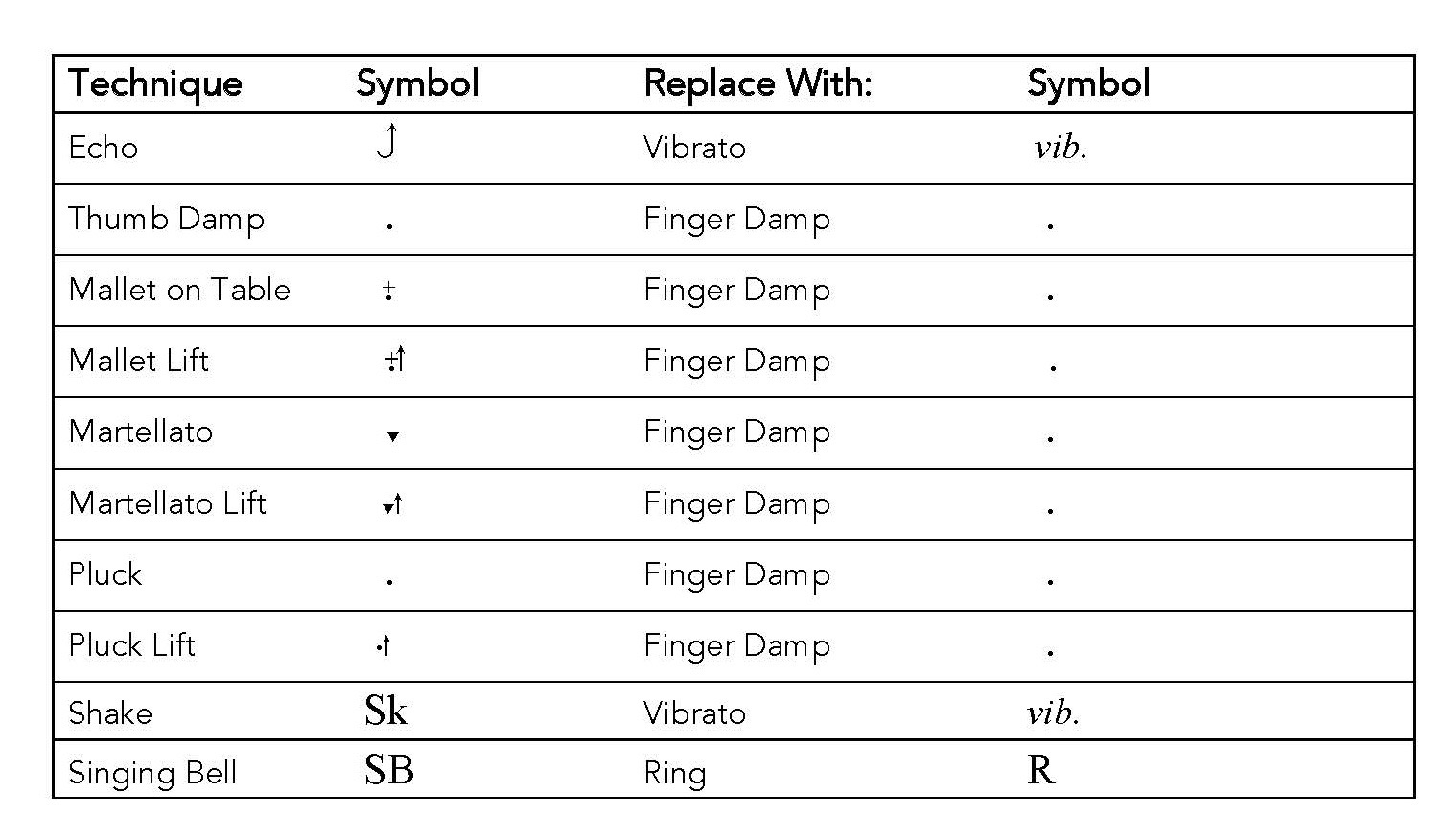
Autumn is here and Thanksgiving is seven weeks away. If you haven’t already chosen repertoire for the holiday, ChimeWorks has some great ideas for your ensemble. The popular tunes below have several settings for beginning to intermediate choirs and feature handchimes or handbells alone to arrangements that are more flexible to include percussion, keyboard or optional instrumental and choir parts. All of the titles listed below are available for immediate purchase and digital download. Click the links to view sample pages and listen to a recording upon availability.
The Ash Grove (Let All Things Now Living)
2 Octaves, Level 3
2 – 3 Octaves, Level 1
Many and Great
2 – 3 Octaves with Percussion, Level 1
3 – 5 Octaves with Percussion, Level 1
3 – 6 Octaves, Level 2 with Keyboard & Narrator
Now Thank We All Our God (Bach)
4 – 6 Octaves, Level 3 with Keyboard, Optional Brass & Optional Choir
Now Thank We All Our God
2 – 3 Octaves, Level 1+ with Optional Bb or C Instrument
3 – 5 Octaves, Level 1 + with Optional Bb or C Instrument
All Things Bright and Beautiful
2 – 3 Octaves, Level 2
Processional on All Things Bright and Beautiful
3 – 5 Octaves, Level 1
This Is My Father’s World
2 – 3 Octaves, Level 1+ with Flute
3 – 5 Octaves, Level 1+ with Flute
3 – 5 Octaves, Level 3- with Optional Flute, Organ and Congregation



 Slide the forefinger to the top area of the handchime and place the finger pad in the center of the tine slot and ring the chime.
Slide the forefinger to the top area of the handchime and place the finger pad in the center of the tine slot and ring the chime. 


 Starting a new ringing ensemble with music that includes whole notes and half notes is recommended for the first rehearsals. If you are directing a new group this year, you’ll want your music choices to include simpler rhythms in a moderate tempo so that your new ringers can focus on developing their ringing skills even if they are seasoned music readers.
Starting a new ringing ensemble with music that includes whole notes and half notes is recommended for the first rehearsals. If you are directing a new group this year, you’ll want your music choices to include simpler rhythms in a moderate tempo so that your new ringers can focus on developing their ringing skills even if they are seasoned music readers. At times, musical results don’t depend on the correct notes being rung rather, that they are damped properly. Teaching damping is just as important as teaching ringing. Read more about it
At times, musical results don’t depend on the correct notes being rung rather, that they are damped properly. Teaching damping is just as important as teaching ringing. Read more about it  It’s hard to believe it’s late June – have your thoughts taken you to planning the program year? If you are starting a new handchime ensemble this fall, here are some tips to help you choose the appropriate repertoire for your beginning group:
It’s hard to believe it’s late June – have your thoughts taken you to planning the program year? If you are starting a new handchime ensemble this fall, here are some tips to help you choose the appropriate repertoire for your beginning group: As a director of a ringing ensemble, there is an easy acronym for you to remember as you strive to achieve the most musical performance with your handchime choir of any level. Most of the letters of this acronym are attributed to Don Allured, who was one of the early leaders of the ringing movement and taught us these points to remember as we educate and direct our choirs.
As a director of a ringing ensemble, there is an easy acronym for you to remember as you strive to achieve the most musical performance with your handchime choir of any level. Most of the letters of this acronym are attributed to Don Allured, who was one of the early leaders of the ringing movement and taught us these points to remember as we educate and direct our choirs.